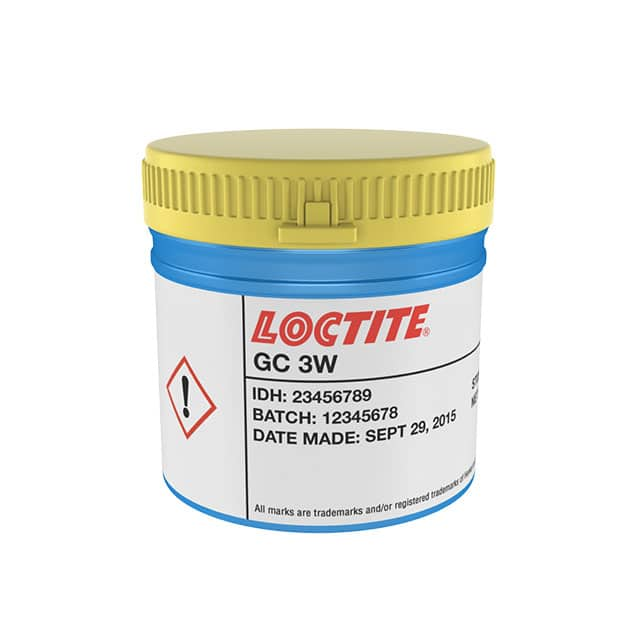CC 600 Series, Solder
Results:
1
Manufacturer
Series
Operating Temperature
Cable Type
Usage
Shield Type
Jacket (Insulation) Thickness
Jacket (Insulation) Material
Grade
Wire Gauge
Ratings
Qualification
Length
Voltage
Conductor Strand
Conductor Material
Jacket Color
Features
Jacket (Insulation) Diameter
Number of Conductors
Results remaining:1
Applied Filters:
CC 600
Solder
Solder refers to metal alloys that are specifically designed to join metal surfaces together. There are various types of solder available for different applications. These include bar solder, ribbon solder, solder paste, solder shot, solder sphere, and wire solder. The diameter of the solder can range from 0.006" (0.15mm) to 0.250" (6.35mm), catering to different soldering requirements. The melting point of solder varies depending on the specific alloy composition. It can range from 244°F (118°C) to 1983°F (1084°C). Solder is available in both lead-free and leaded options, providing choices for environmental considerations. In addition to the different solder types, there are various flux types used in conjunction with solder. Flux helps to remove oxidation and impurities, allowing the solder to properly bond with the metal surfaces. Flux types include acid cored, no-clean, rosin activated, rosin mildly activated, and water soluble. Each flux type has different characteristics and is suitable for specific soldering applications. By selecting the appropriate solder type, diameter, melting point, and flux type, technicians can ensure successful and reliable metal joining processes. It is important to consider the specific application requirements and environmental factors when choosing the appropriate solder and flux combination.

